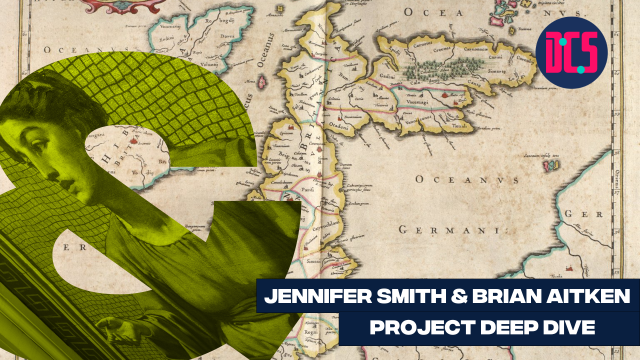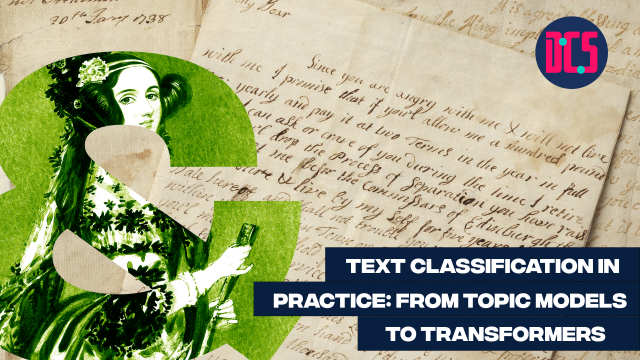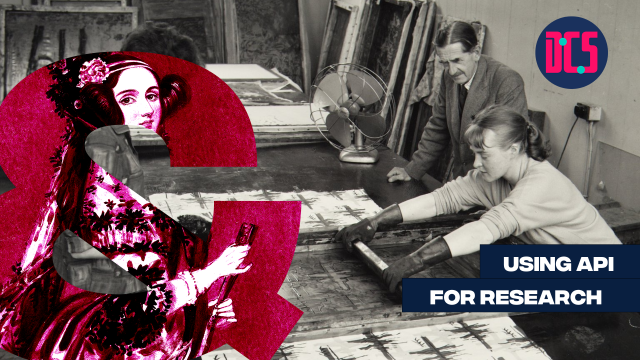Natural Language Processing with R

IN PERSON
This intermediate course will teach students how to process and quantitatively analyse natural language in R.
The course will start with a theoretical introduction to natural language processing and quantitative text analysis, followed by a step-by-step exploration of how to do text analysis.
The first class will focus on cleaning and processing text, the second class on applying basic models and in the third attendees will be focussing on advanced models.
This is an intermediate-level course. Intermediate sessions explore specific aspects of the method (libraries, tools etc.) and offer a more in-depth understanding of the course topics, without introducing the basics. Some knowledge of how to use R and RStudio will be needed in order to follow the content of this course.
Those who have registered to take part will receive an email with full details in advance of the start time.
After taking part in this event, you may decide that you need some further help in applying what you have learnt to your research. If so, you can book a Data Surgery meeting with one of our training fellows.
More details about Data Surgeries.
If you’re new to this training event format, or to CDCS training events in general, read more on what to expect from CDCS training. Here you will also find details of our cancellation and no-show policy, which applies to this event.
If you're interested in other training on text analysis, have a look at the following:
- Collecting and Handling Open-Source Data for Text analysis with Natural Language Processing
- Natural Language Processing with SpaCy
- Silent Disco: Introduction to Text Analysis
- Digital Method of the Month: Text Analysis
- Advanced Text Analysis: Topic Modelling with Python
- Silent Disco: Sentiment Analysis with Python
- Silent Disco: Interrogating a National Narrative with GPT-2 (large-scale corpus)
Return to the Training Homepage to see other available events.
Digital Scholarship Centre
Digital Scholarship Centre, 6th floor
Main Library
University of Edinburgh
Edinburgh EH8 9LJ












